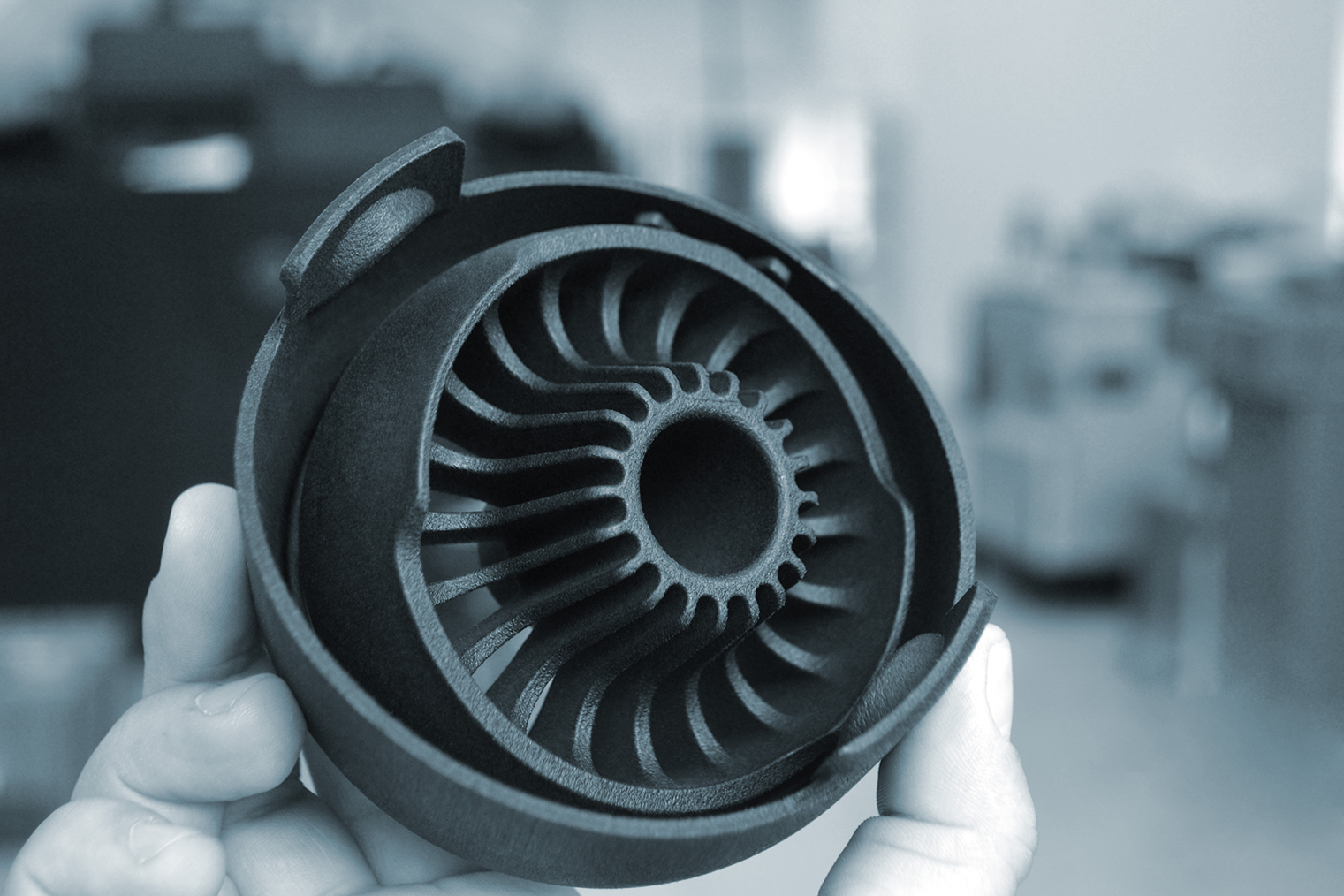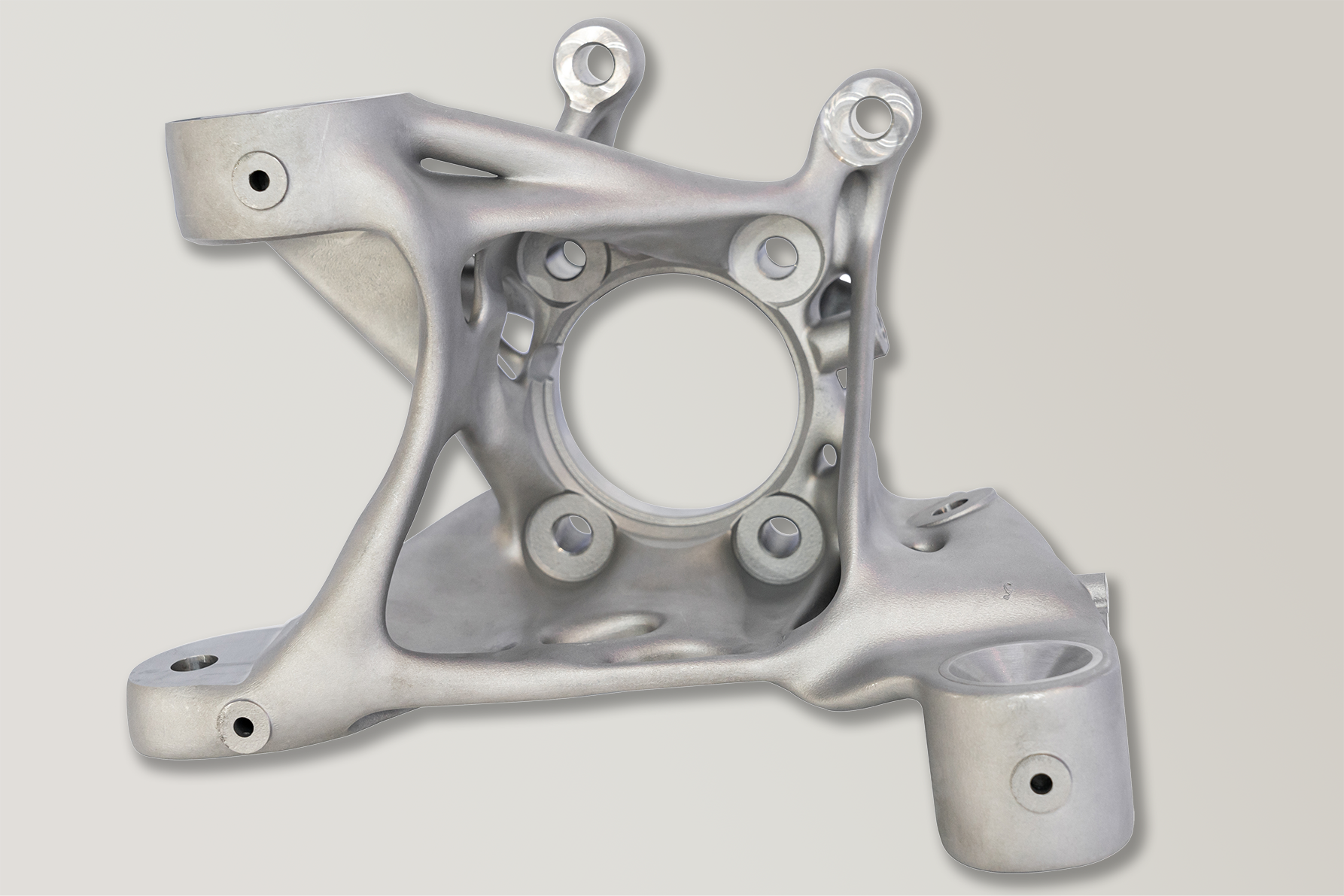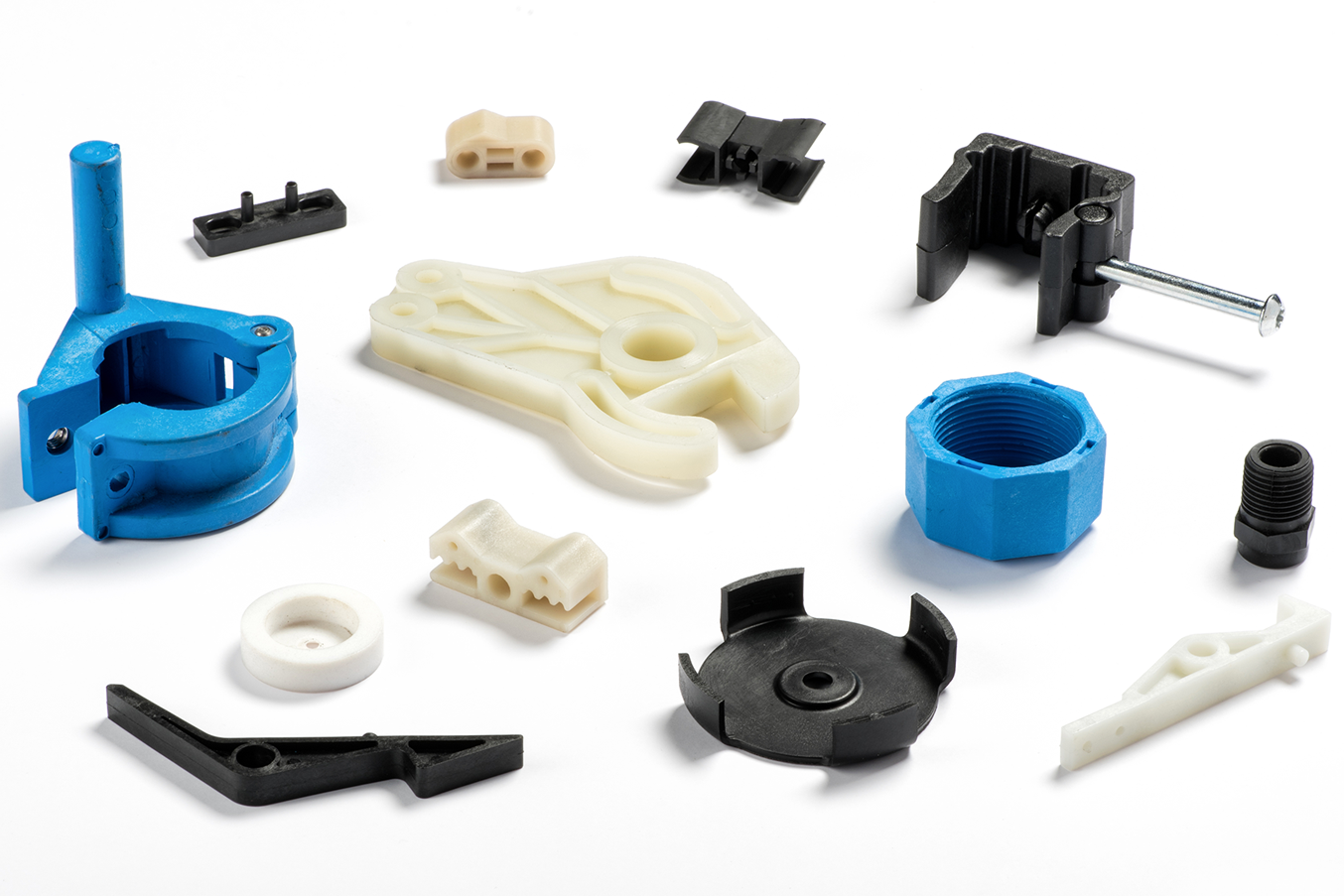ESD Resin – ideal for the electronics industry
For many years, metals have been the focus in the machining field for dissipating ESD events. Thanks to 3D printing, other materials such as ESD resin are now coming to the fore. 3D printing offers a cost-effective, flexible and fast alternative in the field of manufacturing for many applications.
ESD Resin is a resilient ESD-dissipative resin that is used primarily in the aerospace, semiconductor, automotive and other electronics sectors thanks to its remarkable technical properties. It significantly reduces the risk of electrostatic discharges and thus performance impairments.
Whether tools for electronics manufacturing, containers for storing components or antistatic prototypes as well as end-use parts - ESD Resin is a true all-rounder.
It enables fast printing of dissipative parts that keep out dust and protection thanks to its antistatic effect. This material is the optimal option in a photopolymer to protect your sensitive electronics from static discharges. In addition, you can increase the efficiency of your electronics production with ESD Resin. Its special impact resistance allows components made of this resin to withstand even the roughest conditions on a production line.
The most important properties of ESD Resin at a glance:
- very resilient, ESD-suitable
- maximum tensile strength: 44.2 MPa
- surface resistance: 105 -10 Ω
- very high tensile strength and impact resistance
For more technical data/properties of ESD Resin, please feel free to contact Jellypipe's team of experts.






